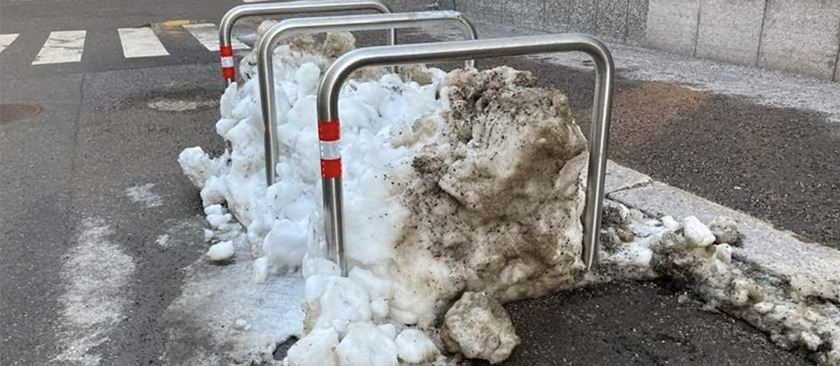
LEARNING OUTCOMES
After the course the students are able:
- to observe spaces, routines, pressure systems, communities and structures in the city, especially in their close surroundings and neighbourhoods.
- use experimental and artistic tools such as experimental drawing techniques, installation, spatial intervention and writing to express the observations.
- communicate with new tools and give feedback to others and share with the group insights also on subjects strange to them.
Credits: 6
Schedule: 04.09.2024 - 27.11.2024
Teacher in charge (valid for whole curriculum period):
Teacher in charge (applies in this implementation): Denise Ziegler
Contact information for the course (applies in this implementation):
For questions contact the main teacher of the course: Denise Ziegler (denise.ziegler@aalto.fi)
CEFR level (valid for whole curriculum period):
Language of instruction and studies (applies in this implementation):
Teaching language: English. Languages of study attainment: English
CONTENT, ASSESSMENT AND WORKLOAD
Content
valid for whole curriculum period:
During the course the student will explore structures, communities, pressure systems and networks in their surroundings and neighbourhoods. The course will concentrate on city related structures that are for example technological, transitional, social, literal, invisible, or imaginative. Their effects on our bodies, routines and our daily life will be discussed and conceptualized in our artistic practice.
The emphasis of the course is on studying structures, pressure systems and networks of the city from a moving or mingling point of view. We approach the city with artistic practices like experimental dawning, interventions, performative art, writing, experimental moving image etc. We work with the environments and communities in and around us. The course is hence held mostly in the city (outdoors) and on the move.
applies in this implementation
Main teacher's and guest teacher's workshops introduce students to artistic practices in public urban space. You work individually or in groups.
Assessment Methods and Criteria
valid for whole curriculum period:
Completing of exercices given in the course, presenting artworks and experimental writing assignments to the group. Giving and receiving feedback from peers and teachers.
Workload
valid for whole curriculum period:
Contact teaching 42h, individual work and/or group work 96h, time to think 24h
Working on site in public space, and sessions on campus.
DETAILS
Study Material
valid for whole curriculum period:
Will be given in the beginning of the course
Substitutes for Courses
valid for whole curriculum period:
Prerequisites
valid for whole curriculum period:
FURTHER INFORMATION
Further Information
valid for whole curriculum period:
Teaching Language: English
Teaching Period: 2024-2025 Autumn I - II
2025-2026 Autumn I - IIRegistration:
Minimum amount of participants is 8 students. Maximum amount of participants is 50 students.
Priority order in course registration:
1. Students in The City minor
2. Priority order to courses is according to the order of priority decided by the Academic committee for School of Arts, Design and Architecture https//www.aalto.fi/en/services/registering-to-courses-and-the-order-of-priority-in-aalto-arts
After the registration has closed, SISU conducts a raffle to allocate all the seats while considering the possible prioritisation order stated above. If there are more registrants than available seats, ten (10) students from the remaining applicants are drawn and placed on a waiting list in numerical order. On the first day of the course, these students may check for available seats in case of no-shows. Any available seats are then filled in numerical order. Students on the waiting list will receive an email containing details about the registration status, once the registration period has closed.
applies in this implementation
Course completion requires at least 80% attendance and completion of assigned work given by the teachers by a specific deadline. The 20 % possibility to be absent is primarily allocated for sick days and other unforeseen circumstances. This course is taught on campus. You may take part in this course if your aim is to get credits.
